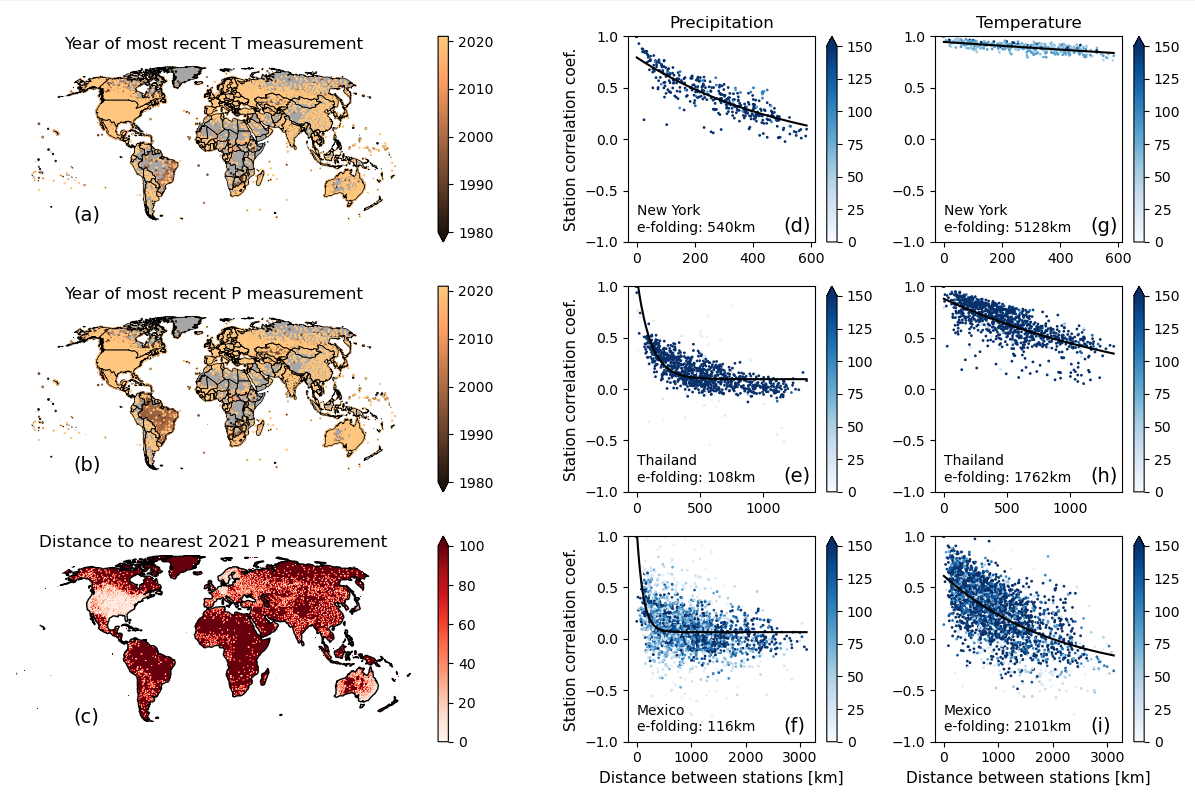Climate impacts
Exploring how physical science influence statistical climate impact models
Statistical climate impact models estimate how climatic factors like temperature and precipitation influence a human outcome of interest like economic activity (GDP) or agricultural output. In this project we explore how considerations from the physical Earth sciences bias these models and how those biases could potentially be addressed.
I am also working on including this type of statistical impact assessment in coupled human-climate models. The objective of this type of work is to provide data-driven coupled models that can capture human-environmental dynamics by drawing on observations of how human systems have responded historically.
In our 2025 Climatic Change paper we interigate these statistical models models; we consider the role of:
- measurement error
- correlation between independent variables
- mean climate state
Measurement error in this context often occurs because of interpolation used for gridded data products. Correlation between temperature (T) and precipitation (P) comes from physical coupling through mechanisms like evapotranspiration, but can lead to bias. Means are often subtracted as part of the statistical analysis (through the use of spatial fixed effects), but this may obscure a substantial part of the longer term climate signal.
